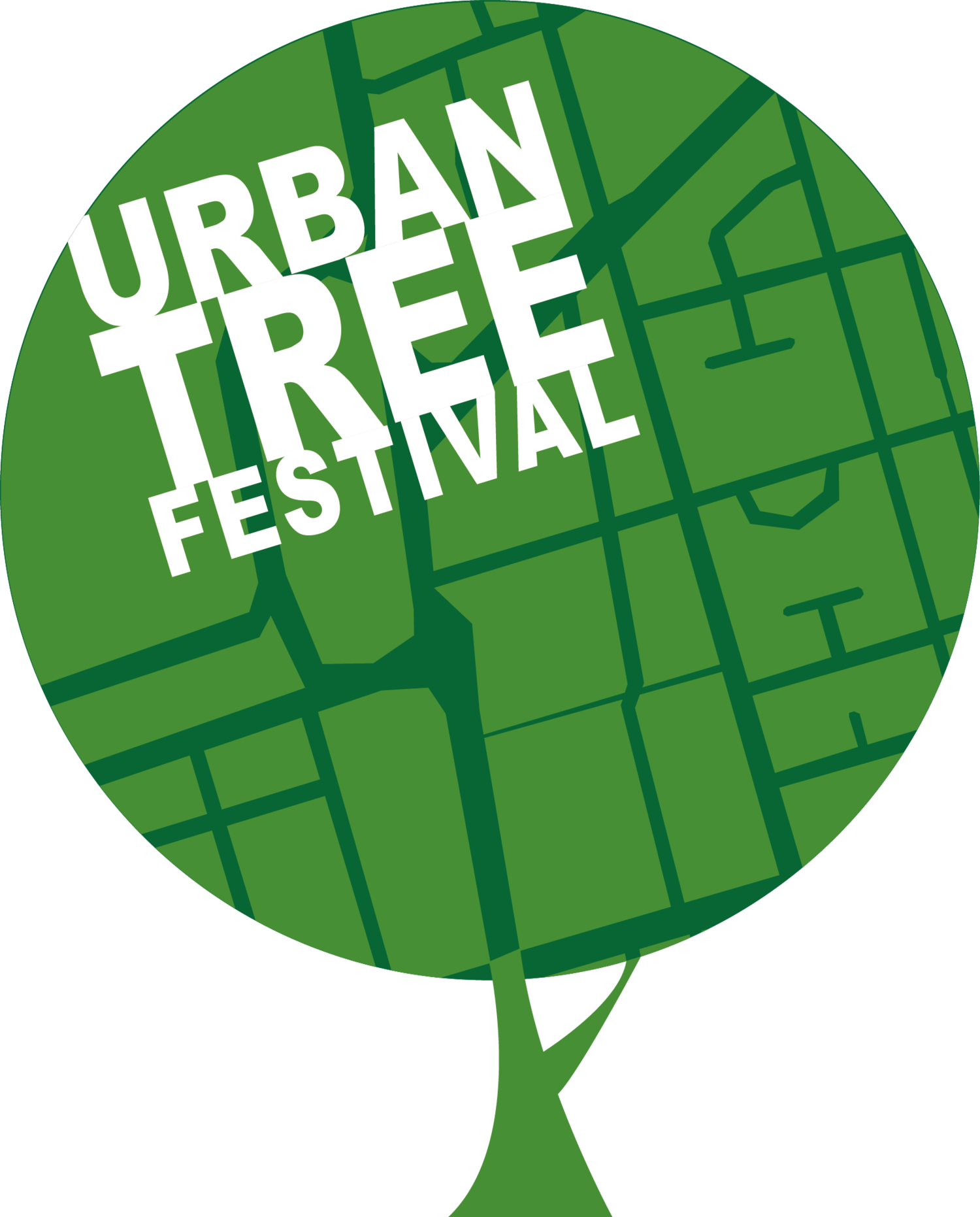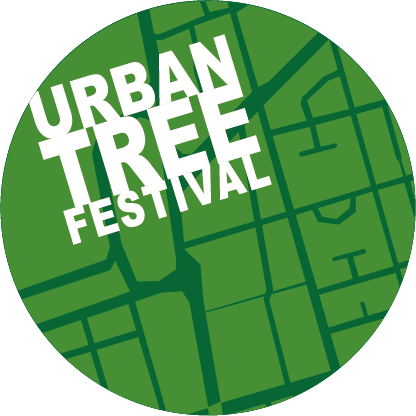Celebrating London’s mulberry trees
A blog post by Peter Coles
Out of the eight million or so trees in Greater London (including woods and parks), most are under 100 years old. About 6,000 (0.00075%) have been labelled as ‘landmark’ trees, because of their “significant size, age or setting”.
The collapsed Elm Park Gardens tree
Very, very few of these are found on the streets of the city – often old oaks or the occasional sweet chestnut, marking a field or Parish boundary that may have disappeared or been moved decades ago.
But London is blessed to have these veteran trees, however few they may be. They are trees with a pedigree, a history, a story to tell. They are trees that have often survived despite massive changes around them. And among the most unusual are old black mulberry trees (Morus nigra), some of them dating back to the early 17th century.
Thanks to the fantastic response of the general public and their love of mulberry trees – with their rare, succulent fruit – the Morus Londinium project, which I helped to set up in 2016 with the Conservation Foundation and Heritage Lottery funding, has mapped over 700 mulberries in Greater London. Not all of them are old. Some were even planted this year. But there are many treasures, some of them only discovered through the project, standing hidden from view in private gardens.
Deptford’s Sayes Court mulberry
At times, it is not only the tree that is of interest, but also the long-lost garden in which they were originally planted, and in which their roots still stand, buried under decades, or even centuries of development.
Examples are the Sayes Court mulberry, hidden in a little park in Deptford, and in the top ten nominees for Tree of the Year in 2017. Or a collapsed mulberry at the back of flats in Elm Park Gardens, visible from the Fulham Road, which was once part of a plantation of 2,000 trees being grown to feed silkworms on a commercial scale. And, more modestly, a lovely old mulberry on Elmira Street, Lewisham, that was planted in the playground of a Victorian school long since demolished.
The 18th century tree in the grounds of Hogarth’s House
And as part of this year’s Urban Tree Festival 2020, around 40 people joined a virtual walk around Chiswick, starting and ending with the celebrated 18th century black mulberry in the grounds of Hogarth’s House, and taking in equally old trees hidden in gardens along Chiswick Mall, and the kitchen garden of Chiswick House. Indeed, the Borough of Hounslow and Hogarth’s House were among the first to throw their hat in the ring when we decided to put UTF online.
Our virtual tour of Chiswick’s veteran mulberries is still available on YouTube here, along with a UTF webinar on the urban orchard.




